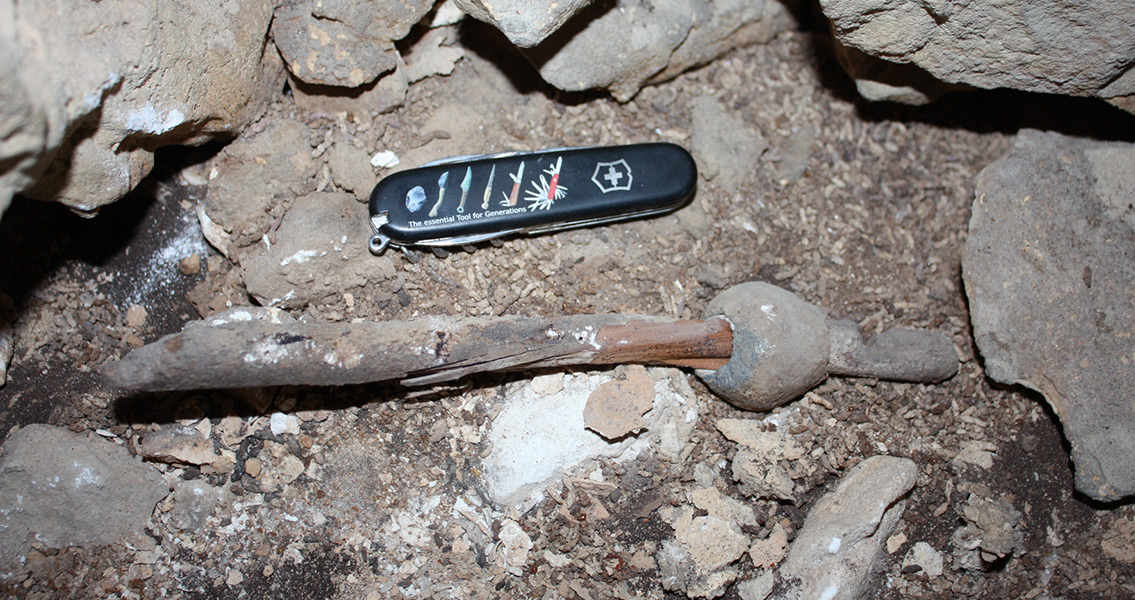<![CDATA[A 6,000 year old artifact, dated to around 6,000 years old and resembling a “wand” made of wood and lead, has been discovered in a subterranean grave site in the Levant. The unearthing of the so-called wand has raised the suggestion that the people who used to live in what is the northern Negev desert of Israel today had learned the secrets to smelting lead well ahead of normal. The Late Chalcolithic period, from which the wand dates, is much more well-known for worked copper according to lead researcher Naama Yahalom-Mack, archaeology postdoc at the Hebrew University of Jerusalem. Additionally, the metallurgist and archaeologist added in an interview with Live Science that the lead is likely to have come from Anatolia, a region in what is modern-day Turkey. The wand itself was likely to have had great value as a tool, according to Yahalom-Mack, as it was given a place of honor alongside the remains of an individual buried within a cave in the Negev. The artifact is well-preserved as a result, though it shows signs of wear. Ashalim Cave, the underground cave network in which the wand was discovered, has been subject to archaeological investigation for the better part of four decades. Thanks to a recent remapping project in 2012 spearheaded by the Israel Cave Research Center, new forays into its maze-like depths were undertaken; it was in one of these new explorations that the burial chamber that held the wand was discovered. Usually found as an alloy within other metals such as copper, silver and zinc, lead is almost never found by itself in nature. In other words, it needs to be worked by hand in order to be smelted out of ore. According to Yahalom-Mack, such an operation would have been completely unheard of during the Late Chalcolithic. The era is well known for the smelting of copper and its alloys, though lead is less difficult to smelt than copper thanks to its lower smelting temperature. Lead is exceedingly rare when it comes to natural deposits in the Negev desert, leading the team to study the isotopes of the element to track down its origin; this revealed that the ore that was eventually transformed into the “blade” of the wand was from Anatolia, specifically the Taurus Mountains. It’s unclear whether the artifact was fully assembled in Anatolia before making its way to the Negev or if the components were transported to the desert before being put together. Additionally, archaeologists have yet to determine just what exactly the wand was used for at the time. Suggestions have ranged from ceremonial mace-head to re-purposed spindle whorl. Whatever its use, it was of deeply symbolic importance to the individual it was buried with and his or her surviving friends and relatives, the archaeologists remarked. For more information: www.journals.plos.org Image courtesy of Yahalom-Mack et al ]]>
6,000 Year Old Wood-and-Lead “Wand” Found in the Levant
